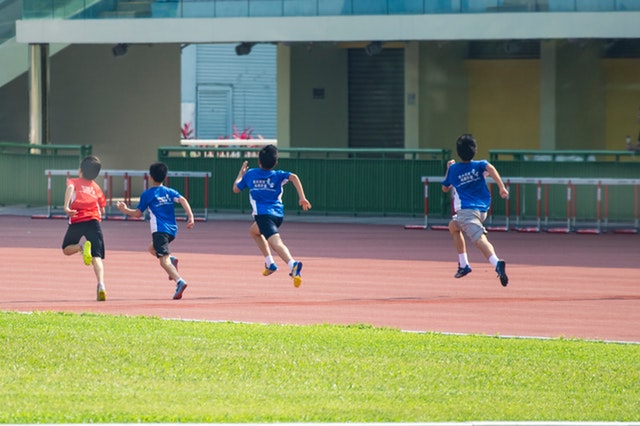10 Sep Sever’s disease
 Sever’s disease, Sever disease or sometimes just ‘Severs’ is a common cause of heel pain in active children, usually from overuse. The fancy name for Severs is calcaneal apophysitis.
Sever’s disease, Sever disease or sometimes just ‘Severs’ is a common cause of heel pain in active children, usually from overuse. The fancy name for Severs is calcaneal apophysitis.
Symptoms
- Aching, stabbing, sharp pain around the heel/Achilles, especially after sleeping or sitting for long periods of time. Pain is also noticeable during exercise and sport and worsens after.
- Stiffness, tenderness and calf tightness.
- Toe walking, limping
Causes
Sever’s disease is caused by the pulling of the Achilles tendon on the heel bone where there is an active growth plate. With abnormal tightness of the Achilles, usually from sport/exercise, the heel bone and the adjacent growth plate is irritated, causing PAIN. Usually this occurs in children between 8-13 years old.
So what factors contribute to getting Sever’s Disease?
- Change of footwear OR worn-out footwear: eg for school and/or sport. If the level of cushioning (and heel raise) of shoes is compromised somewhere, then the ‘growth plate’ region isn’t as well protected from high forces such as repetitive running and jumping.
- A change of activity type and intensity means changes in impact to the feet, less recovery time and overall muscle and tendon fatigue/tightness.
- Foot profile and biomechanics; from ‘flat feet’ to poor lower back posture.
Treatment:
Treatment options vary and are based on individual factors. Typical treatment options to help with Severs include:
- Load and activity management, stretches and strengthening exercises
- Change in footwear (correct to the purpose of activity), and increase in cushioning
- Temporary heel raises
- Orthotics
- Anti-inflammatory gels and ice after sport
- TIME – as children won’t always have ‘active’ growth plates, Sever’s Disease will only cause pain for a limited time
Severs is best diagnosed by a health professional including a physiotherapist or podiatrist, and can then provide an ideal treatment plan.


